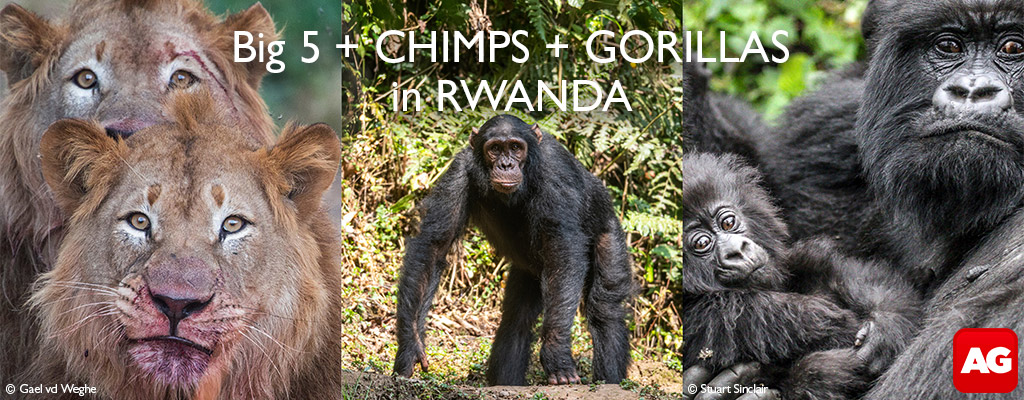Labelled the butterflies of the sea, we often ask ourselves why are marine flatworms so vibrantly coloured? Is it simply that they can be, therefore they are? Or is there a deeper significance?
The answer is made all the more mysterious because they technically do not see in colour as they don’t have ‘eyes’ with retina and cones, though they do have patches of cells that can detect light and may be able to differentiate between some wavelengths of light.
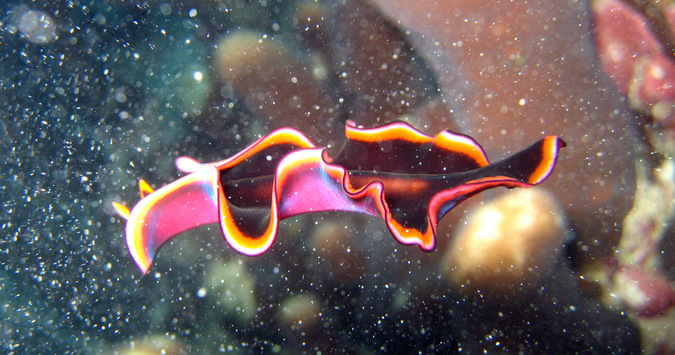
Some flatworms take up pigments from what they eat, while others because of selection pressures for mimicry (such as mimicking a nudibranch mollusc) and camouflage – increasing their chances of survival and reproduction.
This probably plays a large part in the colour combinations that we see, but as yet we still do not know the exact answer and can only be grateful for their presence because the resulting colours are a pure delight!
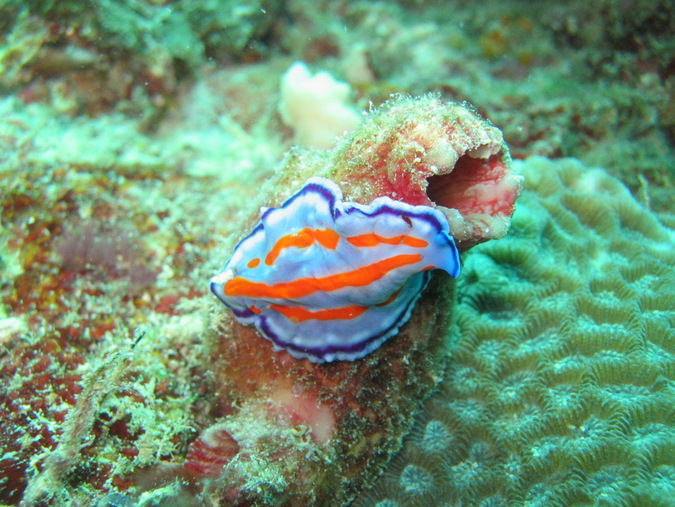
Flatworms get their name because they are just that – flat worms. They have very primitive bodies, no internal body cavity, very few organs, they breathe by simple diffusion of gases and digest their food through direct contact, having first excreted digestive juices onto their food.
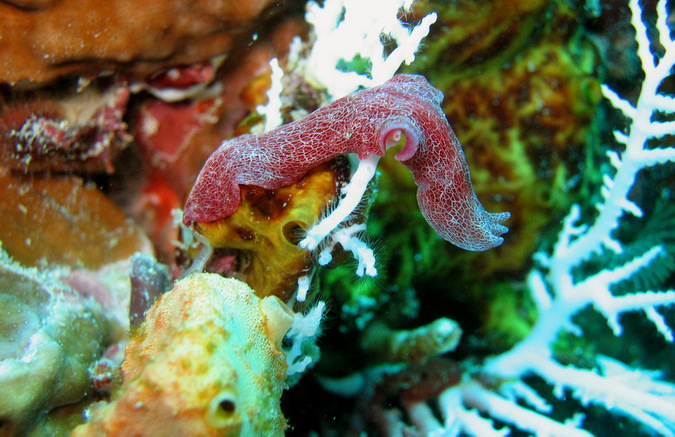
Many of the marine flatworms are beautiful and free-living, in stark contrast to the more numerous species of dowdy flatworms that live as parasites inside the bodies of other animals.

Flatworms are very small, most of them between 10 – 50mm in length, and usually less than 1mm thick – making them extremely delicate. Being so flat they are very mobile and can squeeze into many crevices, making them hard to spot.
Occasionally they can be found swimming, very inefficiently, by undulating the edges of their flat bodies.
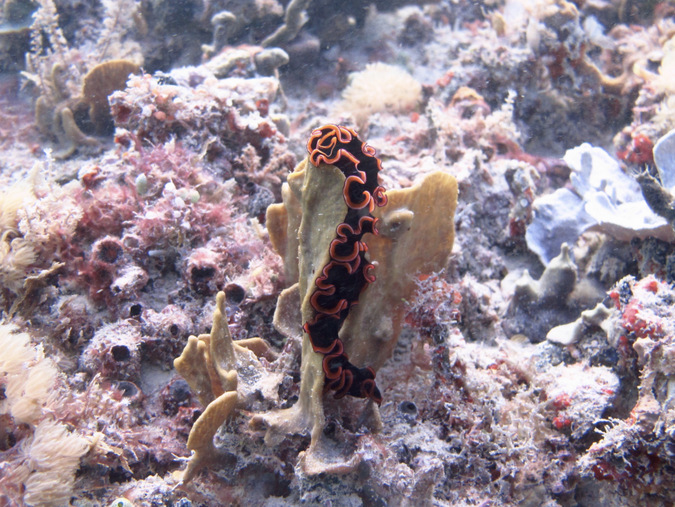
Flatworms are hermaphrodites (they have both male and female reproductive organs), and mating flatworms engage in penis wars (better known as ‘penis fencing’). The first to penetrate their mate releases sperm, forcing the other to nurture the fertilised eggs.

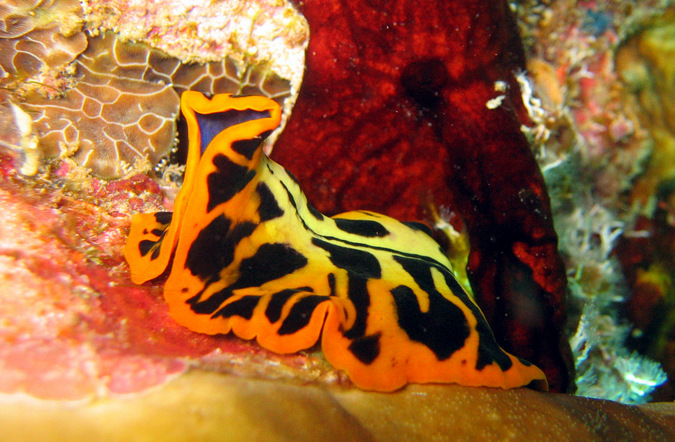
To comment on this story: Login (or sign up) to our app here - it's a troll-free safe place 🙂.![]()

